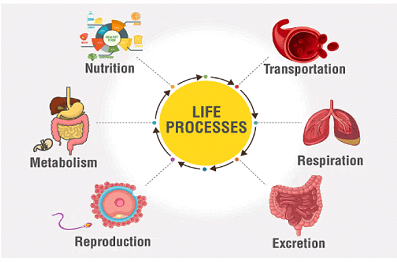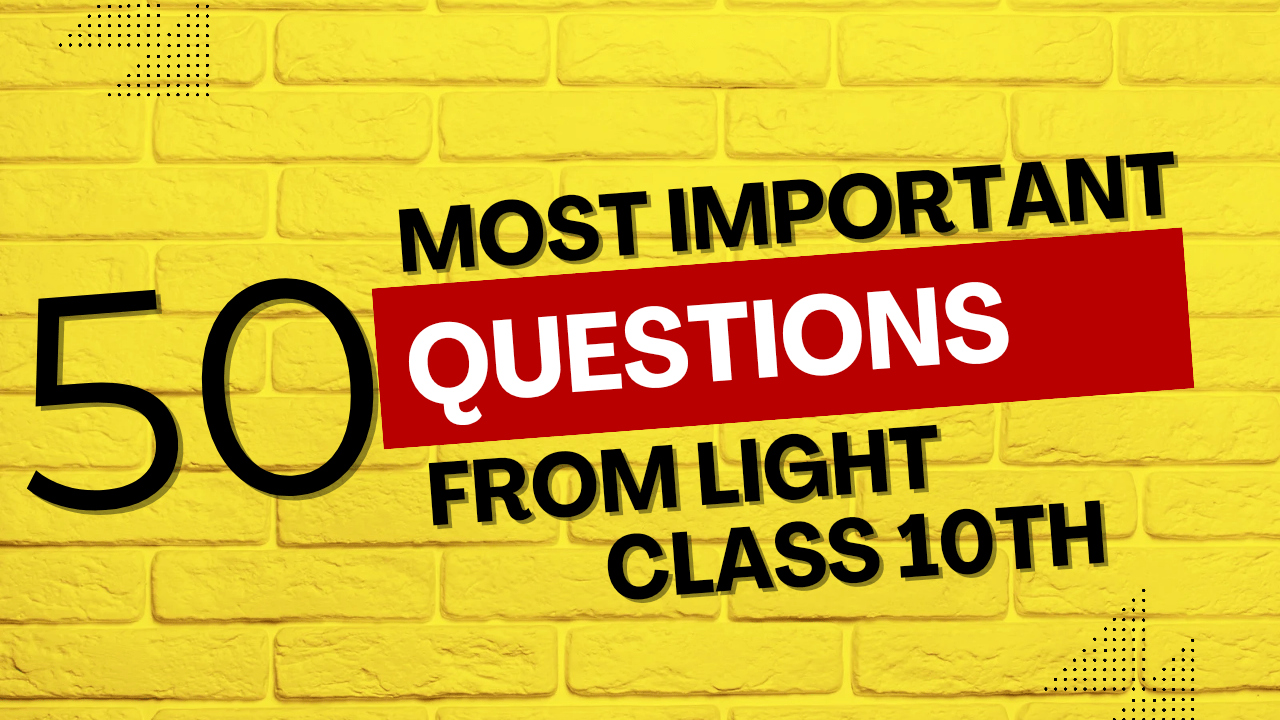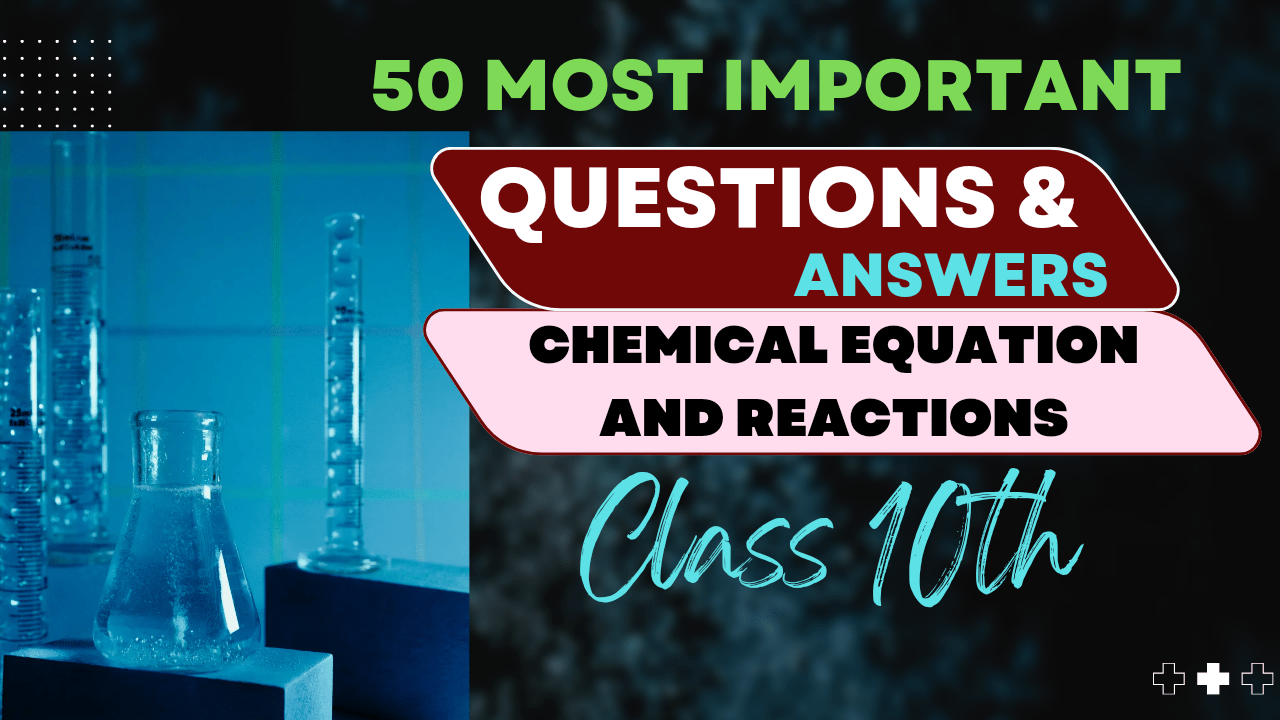;
What is displacement reaction class 10
Understanding the fundamental principles, mechanisms, and applications with numerous examples
What are Displacement Reactions?
Displacement reactions, also known as single displacement reactions or single replacement reactions, are chemical reactions in which an element replaces another element in a compound. These reactions follow a general pattern where a more reactive element displaces a less reactive element from its compound.
The general formula for a displacement reaction can be written as:
Where:
- A is a free element (usually a metal or hydrogen)
- BC is a compound
- A displaces B from the compound BC to form a new compound AC
- B is released as a free element
Reactivity Series and Displacement Reactions
The occurrence of displacement reactions depends on the reactivity of elements. The reactivity series plays a crucial role in predicting whether a displacement reaction will take place.
| Reactivity Order (Decreasing) | Elements |
|---|---|
| Highest reactivity | K, Na, Ca, Mg |
| High reactivity | Al, Zn, Fe |
| Medium reactivity | Pb, H, Cu |
| Low reactivity | Hg, Ag, Au, Pt |
Key principle: A more reactive element will displace a less reactive element from its compound.
Exam Tip:
Always remember the reactivity series when solving displacement reaction problems. The reaction will only occur if the free element is more reactive than the element it’s trying to displace.
Types of Displacement Reactions
1. Metal Displacement Reactions
In this type, a more reactive metal displaces a less reactive metal from its salt solution.
Example 1: Zinc and Copper Sulfate
When zinc metal is placed in copper sulfate solution, zinc displaces copper from copper sulfate because zinc is more reactive than copper.
Observation: The blue color of copper sulfate solution gradually fades, and reddish-brown copper metal deposits on the zinc surface.
Example 2: Iron and Copper Sulfate
When an iron nail is placed in copper sulfate solution, iron displaces copper.
Observation: The blue color of the solution changes to light green (color of iron(II) sulfate), and reddish-brown deposits of copper form on the nail.
Example 3: Magnesium and Zinc Sulfate
Magnesium displaces zinc from zinc sulfate solution.
2. Hydrogen Displacement Reactions
Metals that are more reactive than hydrogen can displace hydrogen from acids or water.
Example 4: Zinc and Hydrochloric Acid
Zinc reacts with hydrochloric acid to produce zinc chloride and hydrogen gas.
Observation: Bubbles of hydrogen gas are evolved, and the zinc gradually dissolves.
Example 5: Sodium and Water
Sodium reacts vigorously with water to produce sodium hydroxide and hydrogen gas.
Observation: Sodium melts and forms a silvery ball that moves rapidly on the water surface, producing hydrogen gas with a hissing sound.
3. Halogen Displacement Reactions
A more reactive halogen can displace a less reactive halogen from its salt. The reactivity order of halogens is: F > Cl > Br > I.
Example 6: Chlorine and Potassium Bromide
Chlorine displaces bromine from potassium bromide solution.
Observation: The colorless potassium bromide solution turns reddish-brown due to the formation of bromine.
Example 7: Bromine and Potassium Iodide
Bromine displaces iodine from potassium iodide solution.
Observation: The colorless solution turns yellowish-brown due to the formation of iodine, which can be confirmed by adding starch solution, resulting in a blue-black color.
Practical Applications of Displacement Reactions
- Metallurgy: Extraction of less reactive metals from their compounds using more reactive metals.
- Metal cleaning: Removal of metal oxide layers by more reactive metals.
- Hydrometallurgy: Recovery of metals from solutions by displacement reactions.
- Electrochemical cells: Many batteries operate on the principle of displacement reactions.
- Water purification: Removal of dissolved heavy metals through displacement reactions.
Displacement Reactions in Everyday Life
Galvanized Iron
Galvanized iron is iron coated with zinc. When the zinc coating is scratched, exposing the iron beneath, zinc still protects iron from corrosion. This happens because zinc is more reactive than iron and undergoes oxidation preferentially (a form of displacement reaction), thus protecting the iron.
Silver Tarnishing
When silver objects tarnish, it’s due to a displacement reaction where hydrogen sulfide gas in the air reacts with silver to form silver sulfide (the black tarnish).
Important Points for Examinations
Key Exam Points:
- Memorize the reactivity series: K, Na, Ca, Mg, Al, Zn, Fe, Pb, H, Cu, Hg, Ag, Au, Pt
- Remember that displacement reactions only occur when a more reactive element replaces a less reactive element
- For halogen displacement, remember the order of reactivity: F > Cl > Br > I
- Be able to write balanced equations for displacement reactions
- Practice identifying displacement reactions from given chemical equations
- Learn to predict the products of displacement reactions based on reactivity series
- Know the observable changes that occur during displacement reactions (color changes, gas formation, etc.)
Practice Problems
Problem 1:
Predict whether the following reaction will occur. If it will occur, write the balanced equation:
Copper metal + Silver nitrate solution → ?
Solution:
Looking at the reactivity series, silver (Ag) is less reactive than copper (Cu). Therefore, copper cannot displace silver from silver nitrate solution. The reaction will not occur.
Problem 2:
When an iron nail is placed in copper sulfate solution, what observations would you make? Write the balanced chemical equation.
Solution:
Iron is more reactive than copper, so it will displace copper from copper sulfate solution.
Balanced equation: Fe(s) + CuSO4(aq) → FeSO4(aq) + Cu(s)
Observations:
- The blue color of copper sulfate solution fades and changes to pale green (color of iron(II) sulfate)
- Reddish-brown deposits of copper metal form on the surface of the iron nail
- The iron nail gradually dissolves
Summary
- Displacement reactions involve the replacement of an element in a compound by another more reactive element
- They follow the pattern: A + BC → AC + B (where A is more reactive than B)
- Types include metal displacement, hydrogen displacement, and halogen displacement reactions
- The reactivity series determines whether a displacement reaction will occur
- These reactions have many practical applications in metallurgy, electrochemistry, and everyday life



